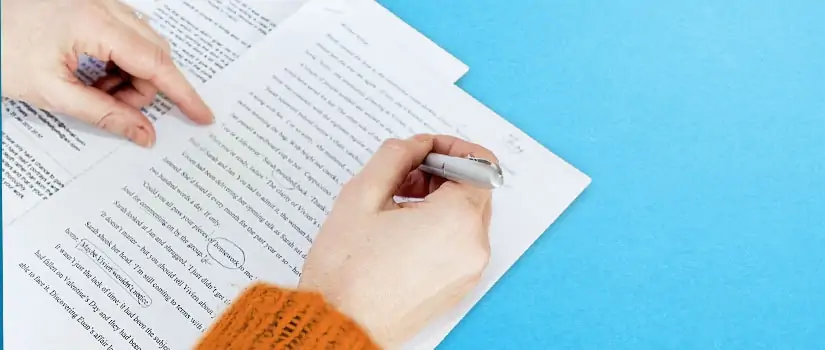Blog
Tutoring is a fantastic part-time job — not only do you earn money, but also you keep your own skills sharp. When it comes to English, there’s always a demand for tutoring. The challenge is, however, that English is a broad topic. Does your student need help with essay writing? Reading comprehension? Both?
Whether you’re new to the world of tutoring or a pro looking for ways to improve, here are five tips for English tutors:
Tip 1: Get clear on what your student needs
If possible, find out what your student’s main challenges are prior to your first meeting. That way, you can prepare ahead of time and are ready to tutor from the very start. Is he overwhelmed by the amount of required reading? Is she having a hard time organizing her thoughts when she needs to write a paper?
The key part of this tip is to get this information from your student directly. By listening to he or she talk about what they’re struggling with, you’ll develop a clearer idea of areas and skills to target. If you can’t find time to chat beforehand, carve out five minutes at the beginning of your lesson to identify challenges. By having your student articulate what’s hard directly to you, you can ensure you’re both on the same page.
Tip 2: Come up with a game plan…together!
This isn’t a one-sided partnership. You might be the recognized authority on the topic, but you need your student to be motivated and invested in your plan if you want to succeed together.
Once you know what’s challenging for your student, offer a few ideas of how can help him or her. From there, see if any of those ideas resonate with your student and try those out first. Use this time to also map out what you’ll cover during your lessons. That way, you’re both clear on what you can accomplish during your time together.
Tip 3: If Your student needs help with reading comprehension…
…find a way to help him or her become an active reader. Often times, students struggle with reading because they’ll passively read a sentence, not understand it, read it again, and then get frustrated. By having your student markup the text while reading, he or she will become more engaged with the text.
Most students are familiar with annotating in some shape or form. Sometimes it’s just matter of finding a note-taking or annotation strategy that works for them. Start by having your student underline main ideas and circle proper nouns, dates, and locations. From there, you can help your student develop an unique strategy.
Tip 4: If your student needs help with writing…
…find a way to help him or her get organized. The writing process can be overwhelming, and at times, that feeling of being overwhelmed cripples students from even getting started. By helping your student come up with an overall game plan, you can then help him or her with any specific steps that require extra attention.
For example, let’s say your student is more science or math-oriented. He or she might respond well to you providing writing strategies in a step-by-step manner. By breaking down the writing process into bite-size pieces like a researcher might when conducting an experiment, you can show how your student’s strengths can be applicable to a subject that might not seem like it would warrant such an approach.
Also helpful for students who write: an EasyBib Plus subscription. It comes with unlimited plagiarism and grammar checks, and premium citing features so you can confidently create an MLA format works cited, APA citation, or Chicago style citation.
Tip 5: Take notes at the end of your lesson
It’s easy to get lazy and not jot down what you covered during a lesson, especially if you have a lot of students. To see your student’s progress, however, it’s essential to keep a log of what you’ve worked on together.
There are two ways you can do this:
- Use your own internal spreadsheet to keep track of your lesson notes.
- Email the student after each lesson with a recap of what you’ve covered and what to prep for next time. This method is also an awesome way to keep each other accountable. By having a record of your lesson in both of your inboxes, you can both refer to it when you need to remember what you did during your last meeting.
Thirsting for more knowledge? Visit the free EasyBib grammar guides for info on what is a verb, adjective types, adverb examples, and much more!
